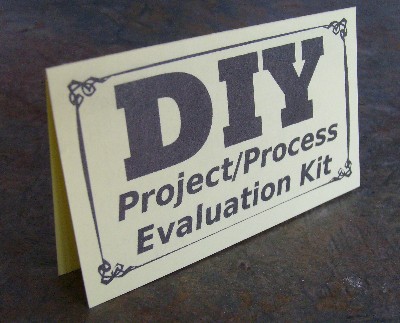Long term focus
My good friend, Steven M Smith, tweeted
AGILE methods emphasize realizing short-term OBJECTIVES rather than creating long-term objectives and trying to satisfy them.
I completely disagree with this statement. I don’t agree that short terms objectives are the emphasis in Agile methods and I don’t agree that short term objectives are preferred over long-term objectives. I think that Steve’s misunderstanding is rooted in the fact that he has only read about Agile methods, and not practiced them. I think that it is impossible to get a deep understanding of Agile methods by reading without experiencing. Therefore, I’d like to encourage Steve and others talking about Agile methods to try to get some experience before making such statements. I’d also like to offer an explanation that attempts to clear up this particular misunderstanding. Read More
